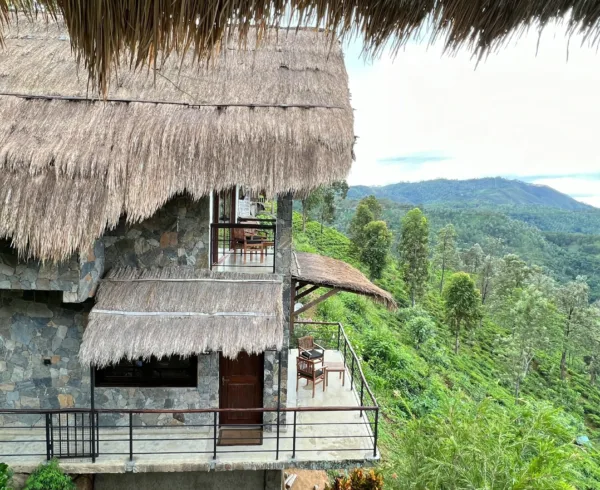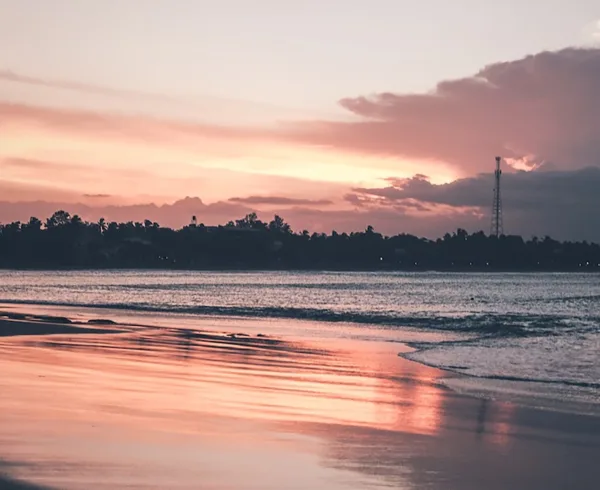Dispersed through the island and adding to the diversity of life and ecosystems, the land is replete with some of the most intriguing forests and nature reserves. These forests offer a wide plethora of colour, vibrance and exuberance, richly contributed by all life forms living in harmony.
Among protected forests in Sri Lanka, Sinharaja Rain Forest takes precedence. A UNESCO World Heritage Site and comprising 18,900 acres of tropical forest land, the forest is located on the south-west lowland wet zone of Sri Lanka. Sinharaja Rain Forest is home to many indigenous birds including the Ceylon Hanging Parrot, the Ceylon Grey Hornbill, and the jungle fowl. There are also numerous mammals, reptiles, amphibians, and butterflies belonging to the category of endangered species.
Among some of the other protected forests and reserves of Sri Lanka is Muthurajawela, a coastal wetland system with much bio-diversity. Muthurajawela is endowed with over 194 species of flora and fauna, 17 endemic and 26 nationally endangered species of vertebrates, 40 species of fish, 22 species of mammals, and 102 species of birds among others.
Udawatta Kale declared as a forest reserve and a sanctuary is significant both for its historic heritage and biodiversity. Located behind the temple of the tooth relic or Dalada Maligawa, Udawatta Kale played a role even at the establishment of the Kandy kingdom. The Garrison cemetery, Senkada Cave Shelter, Lady Horton Street and the royal pond are within the precincts of the reserve and are must see sights. In addition, monkeys, deer, porcupines, butterflies and many endemic birds make Udawatta Kale their home.
The Kottawa Forest Reserve north-east of Galle, Kanneliya-Dediyagala-Nakiyadeniya Biosphere Reserve covering lowland and mountain tropical forests, Rumassala Forest in the Galle area, Bambara Botuwa Forest, and Yagirala Forest are also some of the best forests and reserves Sri Lanka has to offer each with a wide range of animal and plant life.
Most forest reserves offer tours and trekking options with seasoned guides or naturalists. True enthusiasts may even be able to camp within some of these reserves.




